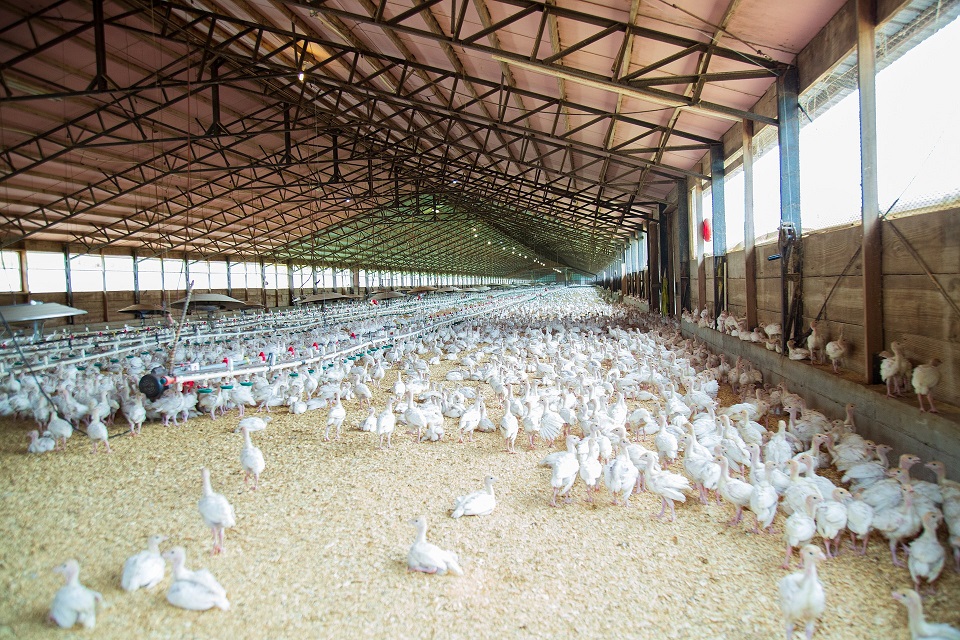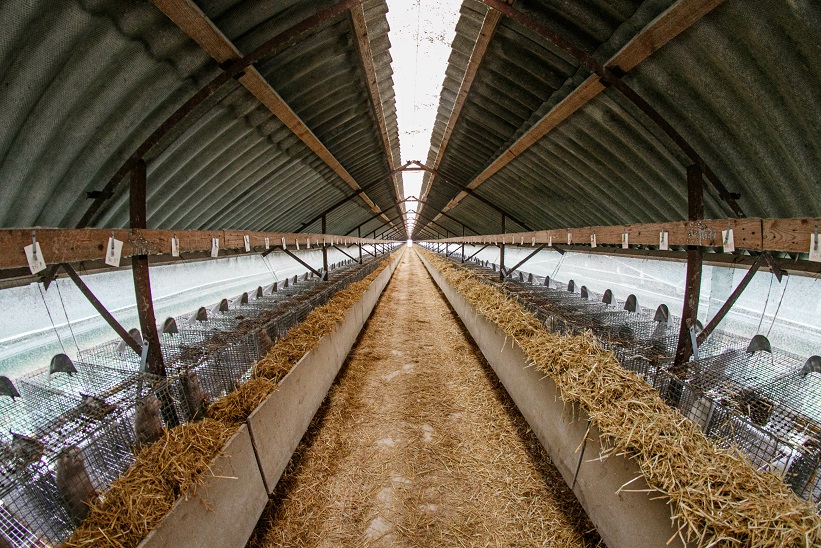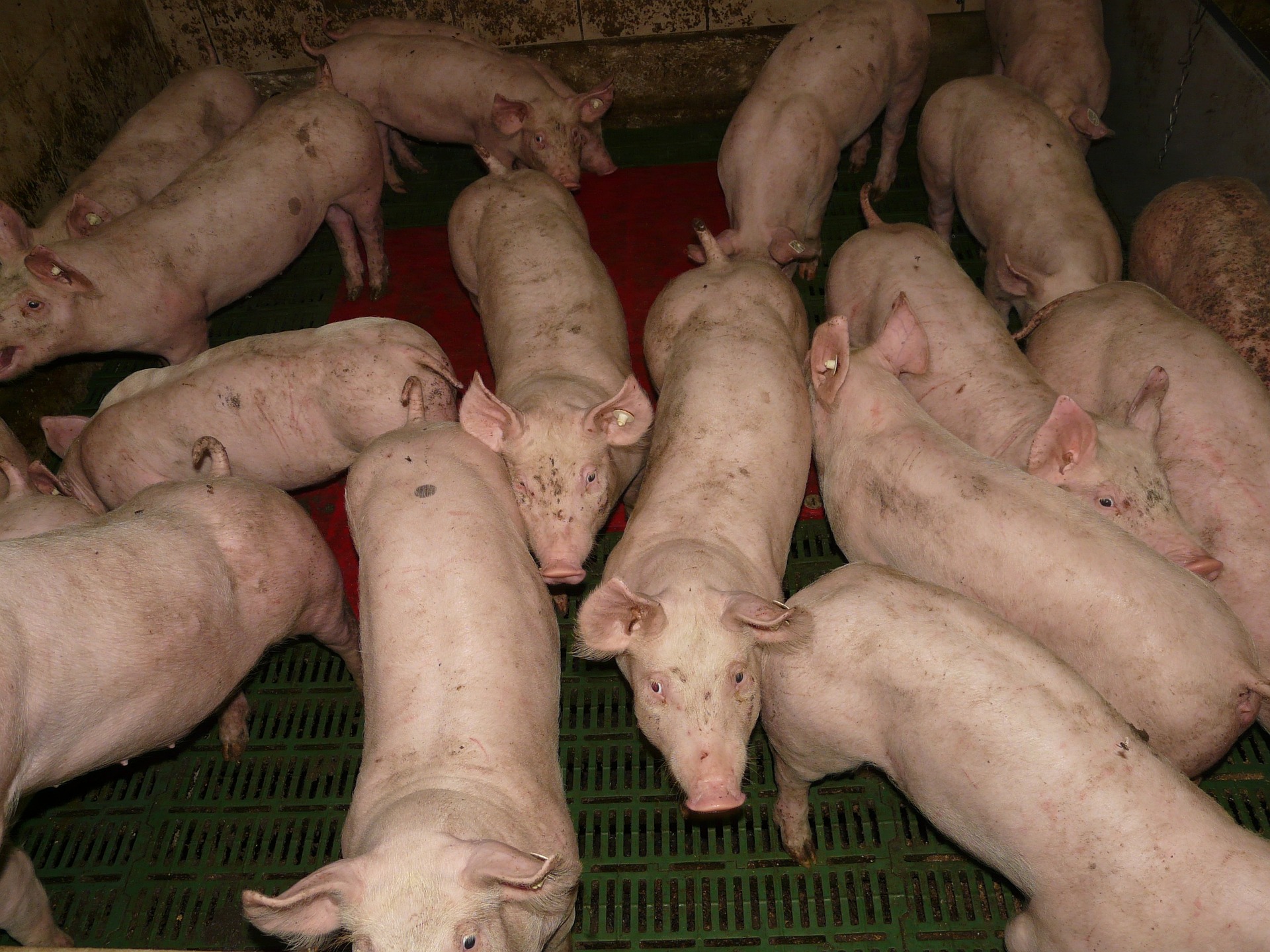Poultry
Due to their sheer numbers and susceptibility to H5N1, the more than 30 billion chickens and other poultry worldwide are a threat to humans. Most of the human H5N1 infections were caused by contact with poultry.
>> Poultry
Pigs
While pigs are unlikely to directly cause human H5N1 infections, they are potential mixing vessels. Pigs are susceptible to various influenza viruses and show no symptoms when infected with H5N1. Around 1 billion pigs worldwide have the potential to spread the H5N1 virus undetected until it mutates or exchanges genetic code with another influenza virus.
>> Pigs
Cows
Cows are not very susceptible to various influenza viruses and show little symptoms when infected with H5N1. Around 1 billion cows worldwide have the potential to spread the H5N1 virus undetected until it mutates or exchanges genetic code with another influenza virus.
>> Cows
Goats
While goats so far have been a minor concern, the first documented cases highlight the dangers of mixed species farming, often on a smaller scale and in close contact with poultry and humans.
>> Goats
Minks and Fur Farms
Minks are closely related to ferrets, which are used as laboratory animals for influenza research due to their airways being similar to those of humans and their high susceptibility to influenza viruses. The increasing number of H5N1 outbreaks in fur farms is maybe the most surprising development during the current panzootic. There are around 40 million minks in fur farms, but also millions of other animals like foxes.
>> Fur Farms





